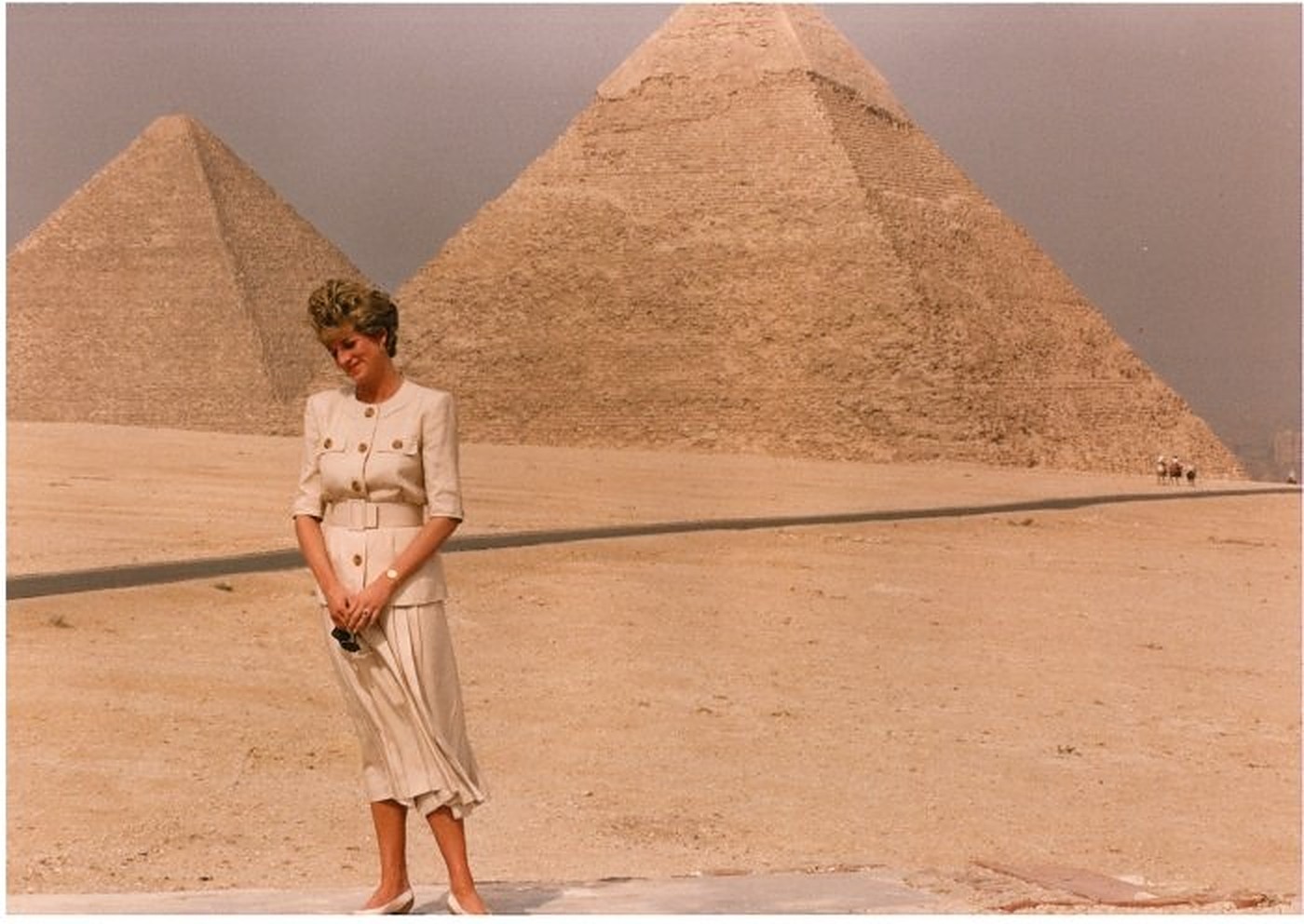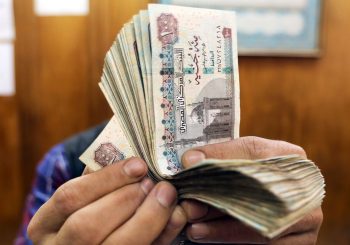Standing awkwardly alone with her head slightly tilted to the side and her arms crossed, showing no intention of faking any pose for the media, Princess Diana was pictured next to the Great Pyramids of Giza – a photo that would later be regarded as one of the most iconic. Known as the People’s Princess who broke with royal traditions, she often had a tradition of showing her mood in photos, whether she was happy or unhappy. It was that very reason which “drew the public” to her photographs, photographer Anwar Hussein said at the sidelines of a new exhibit ‘Princess Diana: Accredited Access.’
The year was 1992. Her father, John Spencer, died of a heart attack in London just two months ago in March, and it was also the same year the book, ‘Diana: Her True Story in Her Own Words’, was published. It documented years of interviews and the controversy around Prince Charles’ affair with Camille Parker Bowles, and also brought her experience with an eating disorder to the public for the first time. With the twin forces of the pressures of royal life, coupled with an unhappy marriage, Diana took suicide attempts several time, including when she was three months pregnant with William.
The day before Diana was visiting the Pyramids, she told her personal photographer Anwar Hussein that she did not feel comfortable taking the photograph. “When people ask me to stand in front of places like the Pyramids, I feel awkward, especially when I’m on my own. I don’t like posing. But I will do it really quickly—and once—and you can grab the picture,” she had instructed.

Hussein ended up taking a number of pictures that captured a variety of different shots, and in each one she is seen to be absorbed in the moment. There is one where she is looking down to the ground, one where her hand is shyly covering her face, and another one where her foot was tilted up like a ballerina. The British tabloids were disappointed with the photographs, photographer Norbert Schiller noted, not only because the poses were seen as boring and awkward, but also because the tan-colored outfit did not stand out with the desert scenery.
Today, the context behind the photo is not widely known. Celebrity or high-profile photographs are usually revered for the icon – the imagined ideal of an extraordinary figure that lives a lifestyle that holds no resemblance to the ordinary. Even if it holds no artistic motive or inspiration, the photographs can also reveal the more human and honest side of the person.
Photographs provide a rich glimpse of culture – telling stories about people, daily life, or a society. Princess Diana’s photograph, in this case, did not just show an awkward pose next to the pyramids, but a peek into the horrors of a celebrity-obsessed world that obsesses with the documentation of the lives of public figures that are often segregated from the world of the general public.
An awkward photograph was not enough. It had to satisfy the aesthetic pleasure of society and further add to the fuel of the grand machine of celebrity culture. Unimpressed by the photographs taken in front of the pyramids, one photographer found a bawab (doorman) who gave him access to the roof of Princess Diana’s pool, where he took a shot of her in her swimsuit.
Photographer Norbert Schiller, who was also present taking photographs during the trip, recalls how Princess Diana’s visit to Egypt foreshadowed her death in 1997 as it showed the media’s obsession with capitalizing on her every move. These incidents revealed the level of insanity that Princess Diana was forced to endure, no matter how hard she tried to protest it with an awkward pose.
“She was unable to escape the merciless pursuit which eventually led to her violent and tragic death,” he wrote.
Subscribe to the Egyptian Streets’ weekly newsletter! Catch up on the latest news, arts & culture headlines, exclusive features and more stories that matter, delivered straight to your inbox by clicking here.







Comments (3)
[…] world leaders, warmly welcome Charles’ ascension to the throne, some Egyptians are reminded of Diana – the ‘People’s Princess’ and a significant Egyptian pop culture figure during the turn of […]
[…] القصة وراء وضعية الأميرة ديانا الغريبة عند أهرامات مصر […]